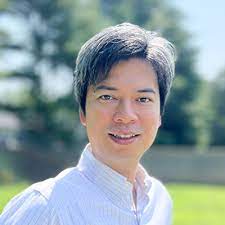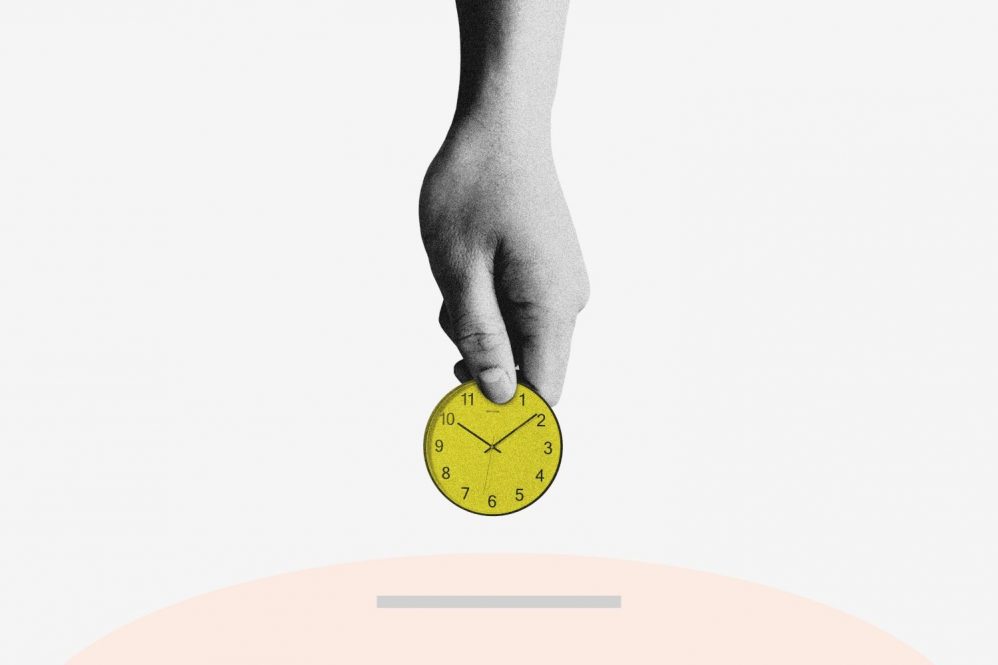As we prepare to fall back once again this year on Sunday, Nov. 3, debates over the costs and benefits of Daylight Saving Time are sure to reemerge.
A bill to permanently end the practice passed in the Senate in 2022 and awaits further movement through the House of Representatives, indicating the argument to overturn the century-old policy is heating up.
 Shinsuke Tanaka, assistant professor and director of graduate studies in the Department of Agricultural and Resource Economics, has published work that helps inform this policy debate with evidence about the costs of Daylight Saving Time (DST).
Shinsuke Tanaka, assistant professor and director of graduate studies in the Department of Agricultural and Resource Economics, has published work that helps inform this policy debate with evidence about the costs of Daylight Saving Time (DST).
When Tanaka, who is originally from Japan, first came to the U.S., Daylight Saving Time felt like a shock, as Japan does not engage in the practice.
An expert in environmental and health economics, Tanaka decided to look into the costs and benefits of DST. He found that many other researchers had been questioning the economic, environmental, and health impacts as well.
DST was first implemented during World War I as an energy saving policy. However, recent studies have found that people actually consume more energy during DST, because with more daylight, people run air conditioners for longer, even if their lights aren’t on for as long.
“The cooling consumes more energy, and the studies have shown that the energy consumption overall increases during Daylight Saving Time,” Tanaka says.
People also go out more often during the extended daylight, usually in cars, which increases carbon emissions.
For his research, Tanaka focuses on Indiana, because until 2006, only some counties in Indiana participated in Daylight Saving Time. This means Tanaka can look at data from before 2006 and after and get a clear picture of any changes that may be related to the start of participating in the policy.

“This creates the change in policy,” Tanaka says. “So, I can see what happened without DST in the previous year, and then I can see what happened to some outcome after they adopted DST.”
Tanaka focuses on heart attacks, one of the most serious health impacts related to DST. Previous studies demonstrated that the number of heart attacks increases after the time change in spring, when clocks move forward one hour.
This may be because people lose an hour of sleep in the spring transition, which has many negative health impacts. Our internal clocks also become misaligned with the external environment.
“There is no clear mechanism in the medical literature,” Tanaka says. “But the evidence shows that sleep is important for cardiovascular diseases, and people do lose one hour of sleep during the spring forward, so then we can infer that this is one of the mechanisms.”
Tanaka found a 27% increase in the number of heart attacks in Indiana for two weeks after springing ahead when the entire state started practicing DST compared to the year before, while no significant impact was observed at the fall transition. This increase at the spring transition was substantially higher than other studies which had found more modest changes, closer to 5%, in other countries.
Tanaka explains this difference may be due to differences in physical environments and lifestyle habits between countries. Tanaka was also better able to control for seasonality because he compared data from before and after the transition to practicing DST.
“Indeed, we found that heart attacks would have declined without DST, and that’s not quite controlled for in the medical literature,” Tanaka says. “In my own study, we can see what happened without practicing DST at this time of year so we can better control for that and then we find much bigger impacts.”
Some have argued that this short-term negative health impact is offset by the opportunity to engage in more outdoor physical activity in the extended daylight. Tanaka, however, has shown that this is not the case. His research presents the first comprehensive evidence examining the overall impacts during Daylight Saving Time, countering the notion that the benefits of increased daylight could compensate for these harms.
“That’s an important piece of evidence when it comes to the policy debate because people don’t just worry about the short-term impacts, but what is the overall impact,” Tanaka says. “So that’s what we need to understand.”
Tanaka found that the increase in the number of heart attacks remained relatively consistent from year-to-year, indicating that it was just a shock from starting the practice for the first time in 2006.
“It’s hard to justify this policy at this point,” Tanaka says. “There’s no such big benefit that can justify the significant costs that we see in many aspects.”
This work relates to CAHNR’s Strategic Vision area focused on Enhancing Health and Well-Being Locally, Nationally, and Globally.
Follow UConn CAHNR on social media



